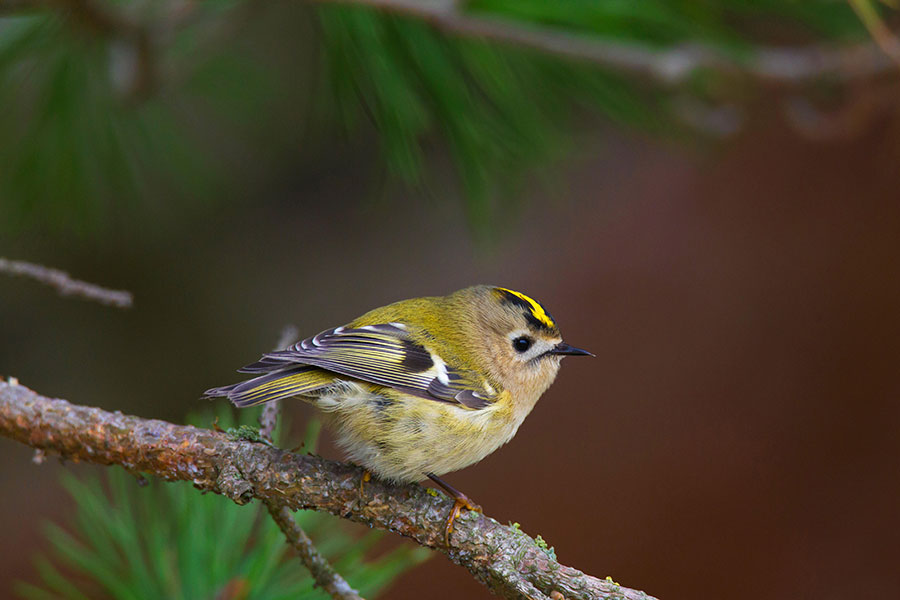Sickleholme Nature Notes
It may strike you as strange that I should lead the February notes by focusing on a bird that can be difficult to see and which many people simply cannot hear. Nevertheless, one feature of the course has been the number of Goldcrests (see photo) that have been singing from almost all areas where we have conifer trees. This is the smallest bird species in Europe, being significantly smaller and lighter than a Wren and weighing in at some 5/6 grams which is less than a 10p coin which weighs 9.5 grams. The song is thin, not unlike the tinkling of a tiny bell, and so high pitched as to be inaudible to about 25% of the population (rather more in the case of the EGGS!). When they are visible it is often because they are hovering briefly, frequently close to pine cones.
Other very vocal birds during the month were Coal Tits, Great Tits and Dunnocks whilst Buzzards were regularly reported overhead and Great Spotted Woodpeckers on several occasions.
Another noticeable aspect was that of colour returning to the course. Much of this was via the planted Snowdrops, Daffodils and heathers but a few Dandelions were also in flower having been brought on by the mild and sunny spell. The latter also brought us our first butterflies of the year. There were several reports of unidentified species before a Small Tortoiseshell was seen well by several of us on 26th. Excited as we were by that, more was to come as our round (in the words of John Holliday) was then punctuated by Commas. Amongst these delightful orange butterflies was a count of five together on the heathers by the 14th tee. A nice reward for the effort that goes into maintaining such areas.
Little of note amongst the mammals, apart from a few Grey Squirrels, and too early to be looking for invertebrates around the pond but a really nice mix of wildlife for a February announced as the warmest since records began.
Bryan Barnacle


